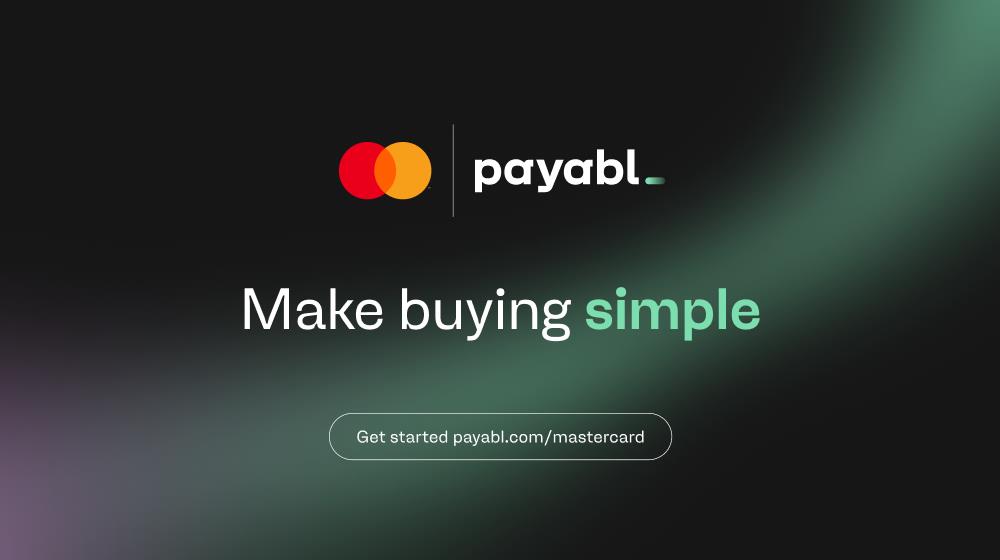Despite years of digital innovation, the payment experience often remains frustrating for businesses and consumers.
Customers abandon purchases when faced with tedious checkout forms or failed card transactions. Merchants encounter rising fraud risk, chargebacks, and revenue loss tied to expired credentials or declined payments. These seemingly minor interruptions add up, creating friction that erodes trust and impacts conversion across virtually every sector operating online. While modern commerce demands speed and security, the underlying infrastructure has not always kept pace. Many payment flows still rely on manual data entry, static credentials, and siloed systems. As transaction volumes increase and user expectations evolve, so too does the cost of inefficiency.
Against this backdrop, tokenization is gaining traction as a foundational solution for modernising payment infrastructure. The technology replaces sensitive card data, such as a customer’s 16-digit card number, with a randomly generated digital identifier, or token. This token can be safely stored and used to process transactions without revealing the underlying card information, significantly reducing the risk of data breaches and streamlining the customer experience.
At its core, tokenization removes the need for sensitive data to travel through or reside in merchant systems. When a customer initiates a payment, their card information is securely transmitted to a tokenization service provider, for example, Mastercard, which generates a token representing that card. The actual data is stored in a secure vault, and the merchant receives only the token for ongoing use. These context-specific tokens can be configured to work only within particular channels, devices, or merchants, further protecting against unauthorised access.
Strategic value for businesses and consumers alike
This shift is not only technical, but strategic. Tokenization is being adopted as a standard architecture for payments across many markets. It supports a business imperative: reducing transaction risk while enabling a smoother, more reliable checkout experience. For consumers, this means they no longer need to re-enter card data for repeat purchases or update information when cards expire. In tokenized systems, credentials can be automatically refreshed, reducing payment failures, particularly in subscription and recurring billing models.
For businesses, tokenization addresses multiple challenges. It helps reduce fraud, which remains a significant issue for online commerce. It also supports better authorisation rates by ensuring transactions use the most up-to-date card credentials, which are accompanied by metadata that improves verification accuracy. Additionally, because sensitive card information is never held in merchant environments, compliance with PCI DSS (Payment Card Industry Data Security Standards) becomes more manageable, simplifying operations and reducing risk exposure.
In a broader context, tokenization reflects a movement away from static credentials and toward dynamic, context-aware authentication. This evolution is consistent with the direction of digital finance, where consumer expectations are increasingly shaped by convenience, continuity, and control. Payments must work reliably in the background while protecting users’ data and reducing the number of steps needed to complete a transaction.
Mastercard has played a central role in advancing tokenization on a scale. In 2014, the company introduced its Mastercard Digital Enablement Service (MDES), designed to securely generate and manage tokens across e-commerce, mobile wallets, contactless payments, and in-app transactions. As of today, Mastercard reports that nearly half (49%) of Mastercard e-commerce transactions are now tokenized in Europe.
In June 2024, Mastercard took this vision further, announcing its intention to phase out manual card entry for online payments across Europe by 2030. The goal is to eliminate static card numbers as a primary input for e-commerce altogether, replacing them with tokens issued automatically by banks at the time of card creation. The company’s position is clear: tokenization is not just a defensive upgrade, but a strategic infrastructure for the next phase of digital payments.
Enabling scalable innovation across the payments ecosystem
Payment providers and platforms are supporting this transformation on the ground, enabling merchants to implement tokenization in practical, scalable ways. payabl., a leading European financial technology provider specialising in digital commerce infrastructure, supports merchants across a range of sectors in adopting secure, scalable payment technologies. Through its integration with Mastercard’s tokenization services, payabl. enables businesses to modernise their transaction flows, reduce exposure to fraud, and improve authorisation performance. Its role is central to translating tokenization from concept into commercial reality, helping clients meet evolving expectations for seamless and secure digital payments.
The benefits are both immediate and long-term for businesses navigating increasingly complex digital commerce environments. Tokenization contributes to stronger payment performance while laying the groundwork for further innovation. As emerging channels, such as wearables, embedded payments, and Internet of Things (IoT) transactions, become more mainstream, tokenization provides the flexible and secure credentialing required to support them.
Importantly, tokenization is also well-suited to global scalability. Because it operates within card network infrastructure and is supported by major issuers and acquirers, tokenization can be deployed consistently across regions and markets. This creates new opportunities for cross-border commerce, multi-market expansion, and unified customer experiences, which are increasingly important as digital commerce transcends geographic boundaries.
As more stakeholders adopt tokenization, the payment landscape will continue shifting toward systems that prioritise security without compromising speed or convenience. The move away from manual entry and static credentials is not only a response to rising cyber threats but a reflection of what customers and businesses now expect from financial technology.
Tokenization is quickly becoming more than a feature. It is a new foundation that supports security, enables innovation, and redefines how digital transactions are executed in a global economy.









